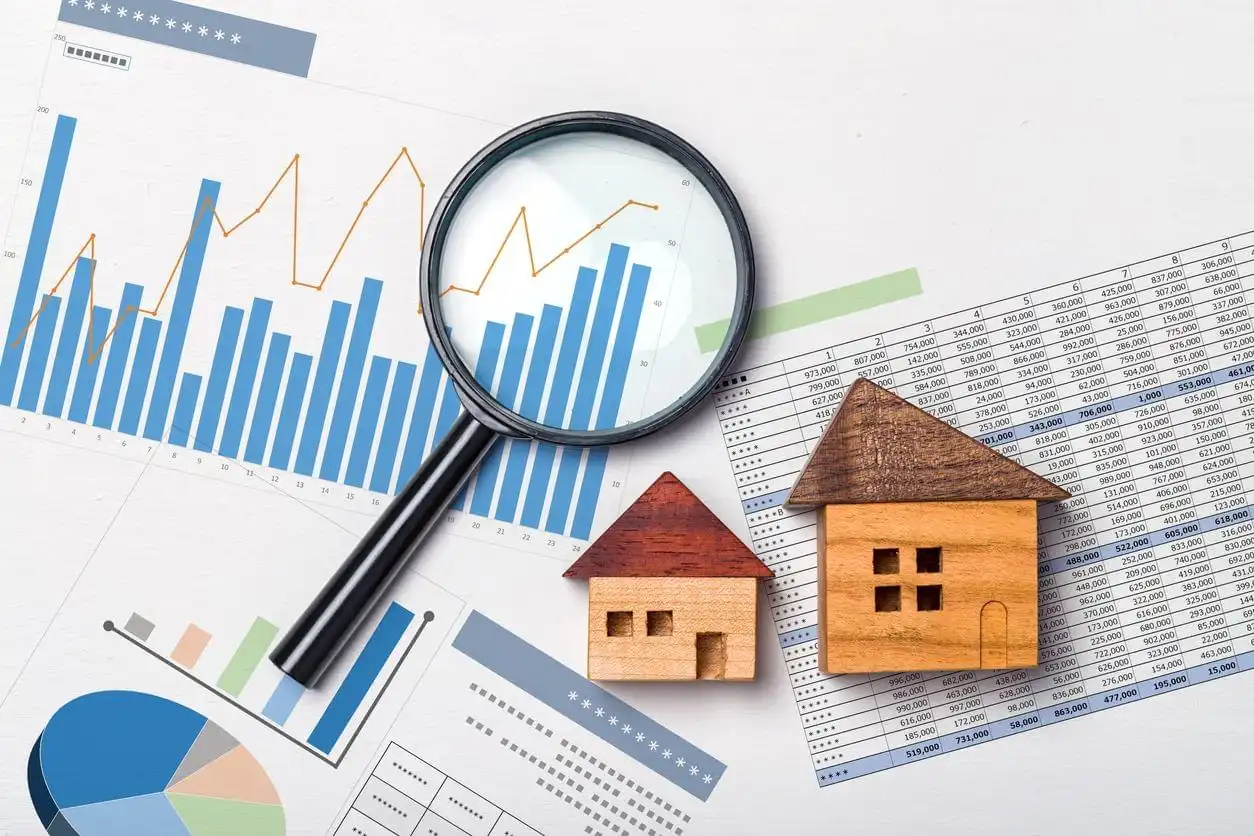Australia's top seller's markets of 2024
Australian property prices have been broadly on the rise for 18 straight months with a number of locations genuinely booming in 2024.
Such strong conditions have led hundreds of suburb areas around the country to be labelled as seller's markets, putting vendors firmly in the driver's seat.
But how do we measure a seller's market, and which locations are hottest around the country? We spoke with Suburbtrends founder Kent Lardner to drill into the data and pull out the 200 markets that are heavily favouring sellers.

Get a free property value estimate
Find out how much your property is worth in today’s market.
What defines a seller's market?
Like any market dynamic, measuring supply and demand is king when it comes to understanding who has the upper hand.
Mr Lardner explained that rapid population growth in the face of persistently low stock levels and a shortage of new homes being built has created a widespread undersupply that's kept upward pressure on property prices despite high interest rates.
When identifying standout sellers' markets, his formula is to compare inventory (ie. the current number of listings in a suburb) with the average number of sales per month in that suburb.
For example, if a suburb has 50 listings on the market and there are an average of 20 sales per month in that suburb, that means the current stock could be expected to sell out within 2.5 months.
Anywhere with an inventory-to-sales ratio of below 3 months is considered by Mr Lardner to be a clear seller's market, especially if that ratio is shrinking.
Where are Australia's hottest seller's markets?
Mr Lardner put together a list of 200 suburb areas around the country that, from a data perspective, appear to be Australia's strongest markets for sellers.
Zoom in to see individual markets and statistics.
Drilling down by capital city and state, it may come as no surprise that the country's fastest-growing markets are the most heavily represented in the list.
Perth has 42 suburb areas all across the city classed as seller's markets including Aveley, Subiaco - Shenton Park, Hillarys, Banjup and Rivervale.
Brisbane is close behind at 41 seller's markets covering everywhere from Alexandra Hills, Bulimba, Wavell Heights and Annerley all the way out to locations in Ipswich, Logan and Moreton Bay.
Adelaide took a strong share of 28 suburb areas including Elizabeth, Fulham, Panorama, Athelstone and West Lakes.
Sydney saw 17 areas making the top 200 list from Kensington, Newport—Bilgola, Auburn and Campbelltown out to suburbs in the Blue Mountains and the Central Coast.
Melbourne, being a cooler market in 2024, still had 3 spots on the list — Albert Park, Surrey Hills and Kew — while the ACT featured 6 times with Taylor, Hawker, Theodore, Farrer, Rivett and Flynn.
Looking regionally, the breakdown of the remaining spots featured a massive 37 suburb areas for QLD covering everywhere from the Sunshine Coast out to Rockhampton and up to Cairns.
How can you tell if your suburb is a seller's market?
Assessing whether your neighbourhood is a seller's market, a buyer's market or somewhere in between should be a two-pronged approach.
Firstly, a lot can be learned from data. Just as the above list was put together, understanding supply and demand levels will go a long way to figuring out who holds the cards.
Sources like Suburbtrends, CoreLogic and PropTrack can all show statistics around listings and sales. You can also keep a close eye on listing activity on portals like REA and Domain to get a sense of selling trends in your suburb.
Other data points like days on market (how quickly homes are selling) and asking price trends will support that supply and demand assessment.
Our guide to tracking market data and trends will walk you through all of the numbers and jargon to help you understand whether you're in a seller's market or not.
Secondly, while data can paint a solid picture of what's going on in your suburb, it's also important to gather your own on-the-ground insights.
Speaking with local agents, visiting open inspections, and tagging along to auctions will all give you a deeper understanding of how things are really performing.
If you're regularly seeing queues out the door for open homes or fiercely fought auctions, it's a good sign that sellers are in the driver's seat.
Thinking of selling in 2024?
If you're still looking to get in on the action this year, it's important to be as prepared as possible in order to cut through the competition and achieve a standout result.
Step 1: Understanding how your market is performing
Every market is different, and understanding your local market is fundamental to making the right selling decisions. Our guide to tracking market trends and data will help you to get a clear picture of how your market is performing and how that impacts you as a seller.
Step 2: Know what your property might be worth
Getting a free home value estimate is a great way to set a foundation for your selling expectations and begin planning the path forward.
Step 3: Get a no-obligation market appraisal from a top real estate agent
Understand what your property could sell for in the current market by speaking to the top-performing agents in your suburb. Comparing top agents in your area will help you find the perfect partner for your selling journey and move towards a successful result.
Step 4: Finally, get your property listing-ready
Taking a thorough approach to preparing your home for sale is another critical step. From cleaning, decluttering, painting and performing other cosmetic renovations to home staging, photography and marketing, getting your property to sale-ready condition is a must.







